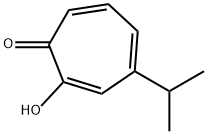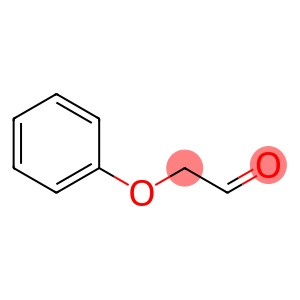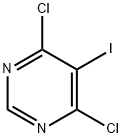2 5-Dichlorophenylhydrazine hydrochloride(CAS# 50709-35-8)
| Hazard Symbols | C – Corrosive |
| Risk Codes | 34 – Causes burns |
| Safety Description | S26 – In case of contact with eyes, rinse immediately with plenty of water and seek medical advice. S27 – Take off immediately all contaminated clothing. S36/37/39 – Wear suitable protective clothing, gloves and eye/face protection. S45 – In case of accident or if you feel unwell, seek medical advice immediately (show the label whenever possible.) |
| UN IDs | UN 3261 8/PG 2 |
| WGK Germany | 3 |
| HS Code | 29280000 |
Introduction
2,5-Dichlorophenylhydrazine hydrochloride is an organic compound. The following is an introduction to its nature, use, preparation method and safety information:
Quality:
- Appearance: 2,5-dichlorophenylhydrazine hydrochloride hydrochloride is a white crystalline powder.
- Solubility: Soluble in water and some organic solvents such as ethanol and ether.
Use:
- Commonly used as a chemical reagent for oxidation and carbonyl reagents in organic synthesis reactions.
- In some research areas, it is also used as a selective detection reagent for p-phenylenediamine.
- May be used in some applications in the agricultural sector.
Method:
2,5-Dichlorophenylhydrazine hydrochloride can be prepared by the reaction of 2,5-dichlorophenylhydrazine and hydrochloric acid. The specific preparation method can be found in the literature or patents.
Safety Information:
- 2,5-Dichlorophenylhydrazine hydrochloride is relatively stable under normal conditions, but it may be toxic to humans. Necessary safety measures should be taken during operation, such as wearing protective gloves, eye protection and respiratory protective equipment.
- Care should be taken to avoid contact with skin and eyes, and avoid inhalation or ingestion.
- In case of accidental contact or inhalation, rinse immediately with plenty of water and seek medical attention immediately.
Chemicals vary in nature and use, so please follow the appropriate chemical safety practices and read the safety data sheets provided by the relevant product.








